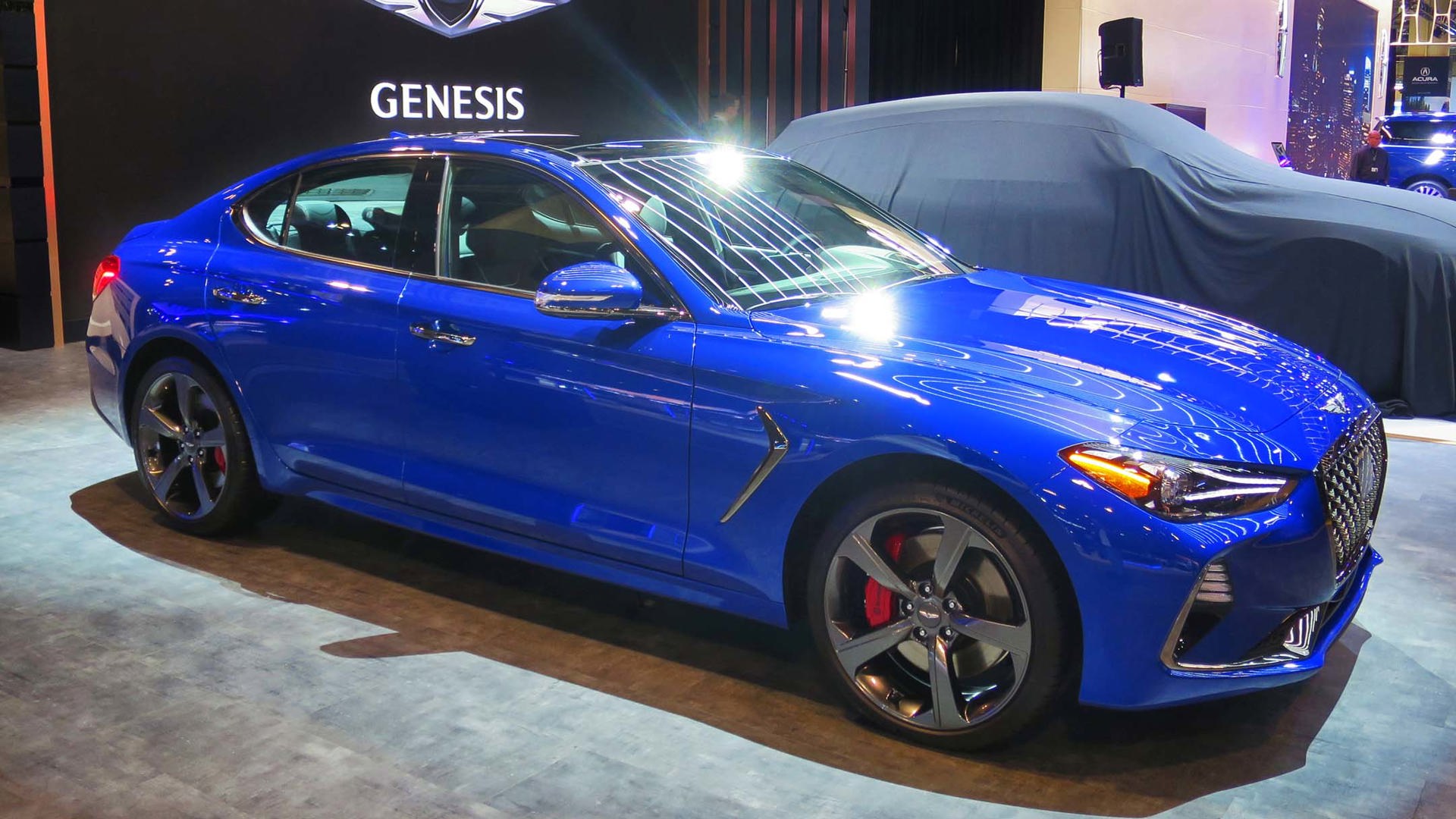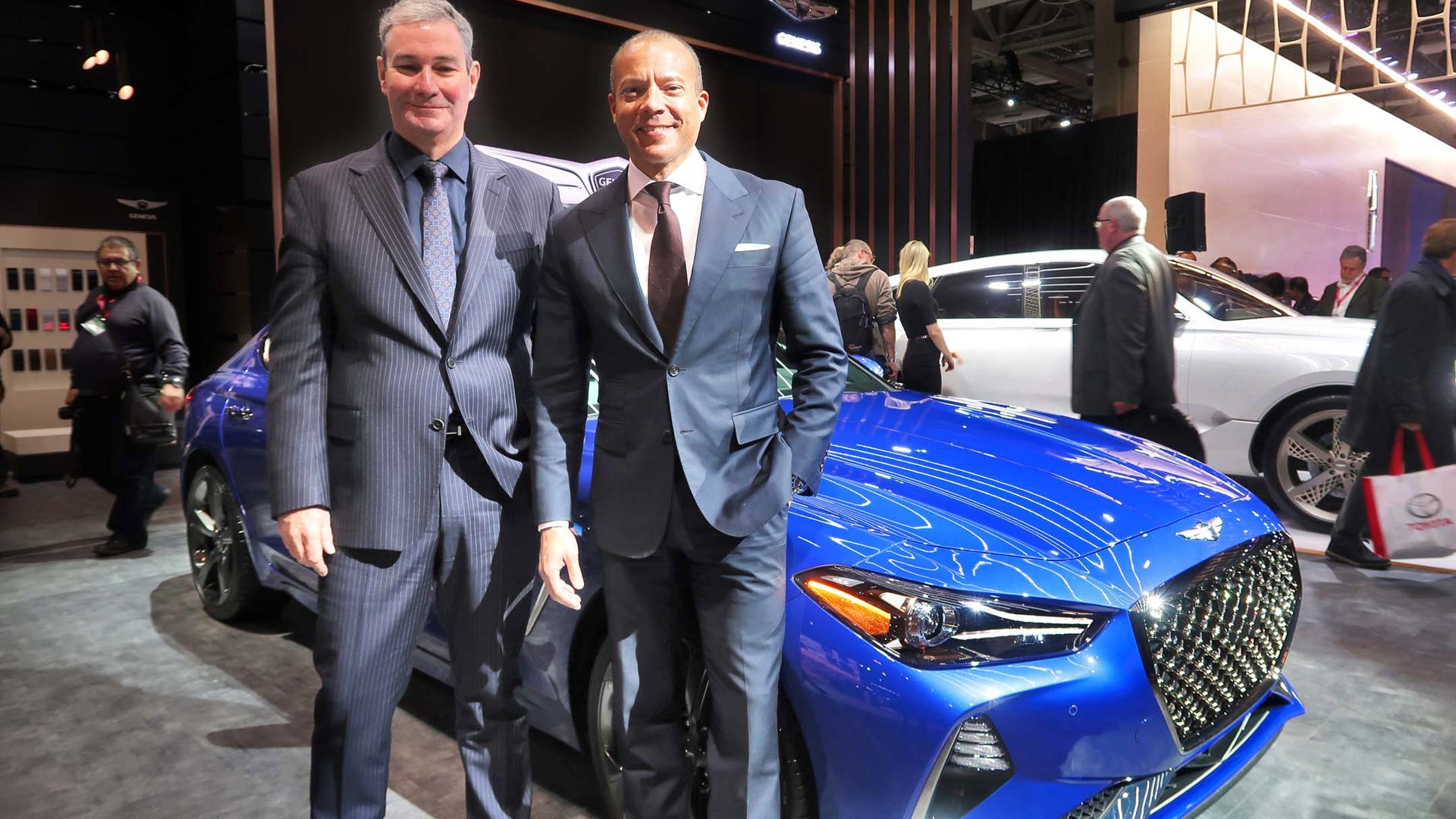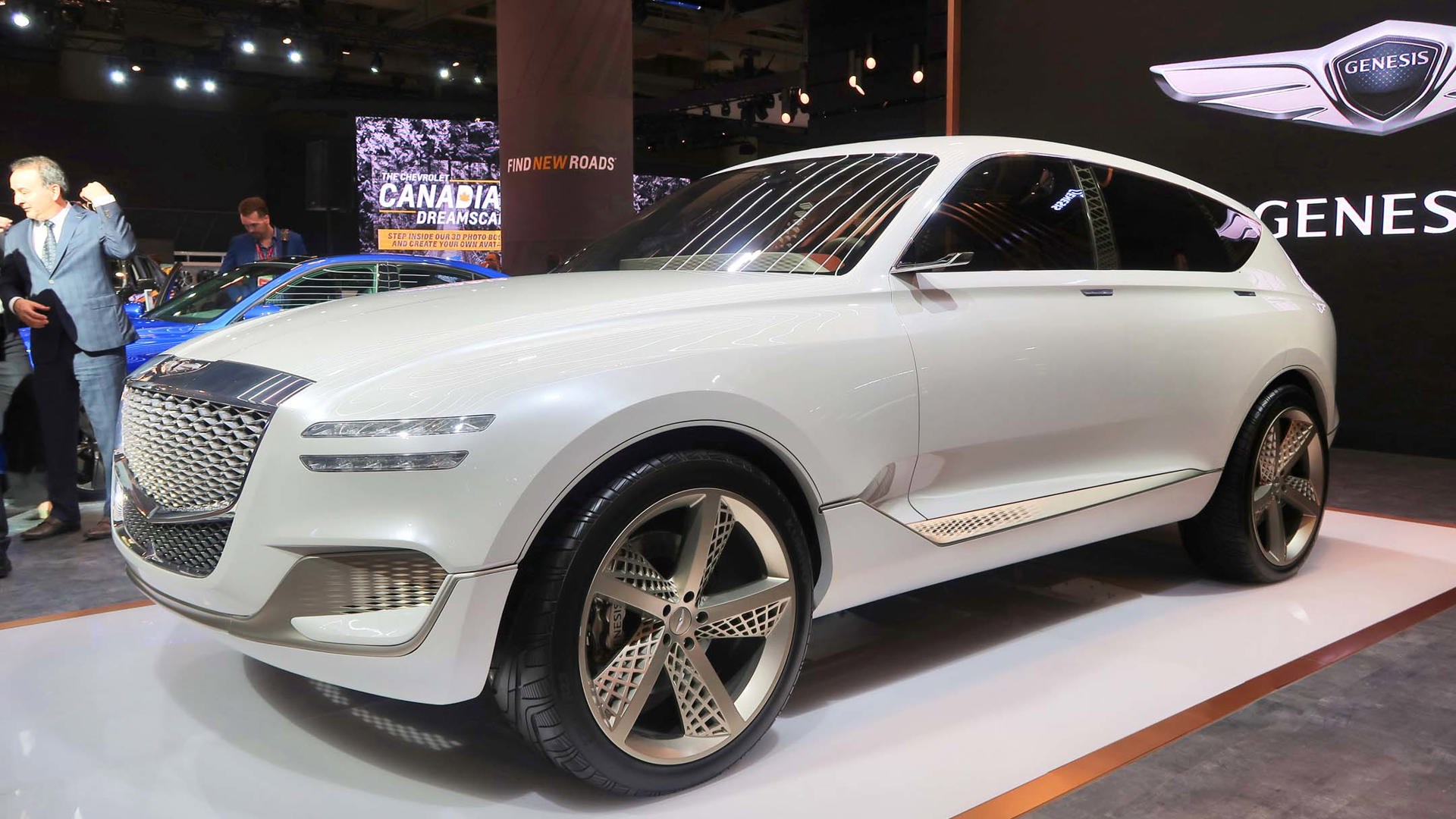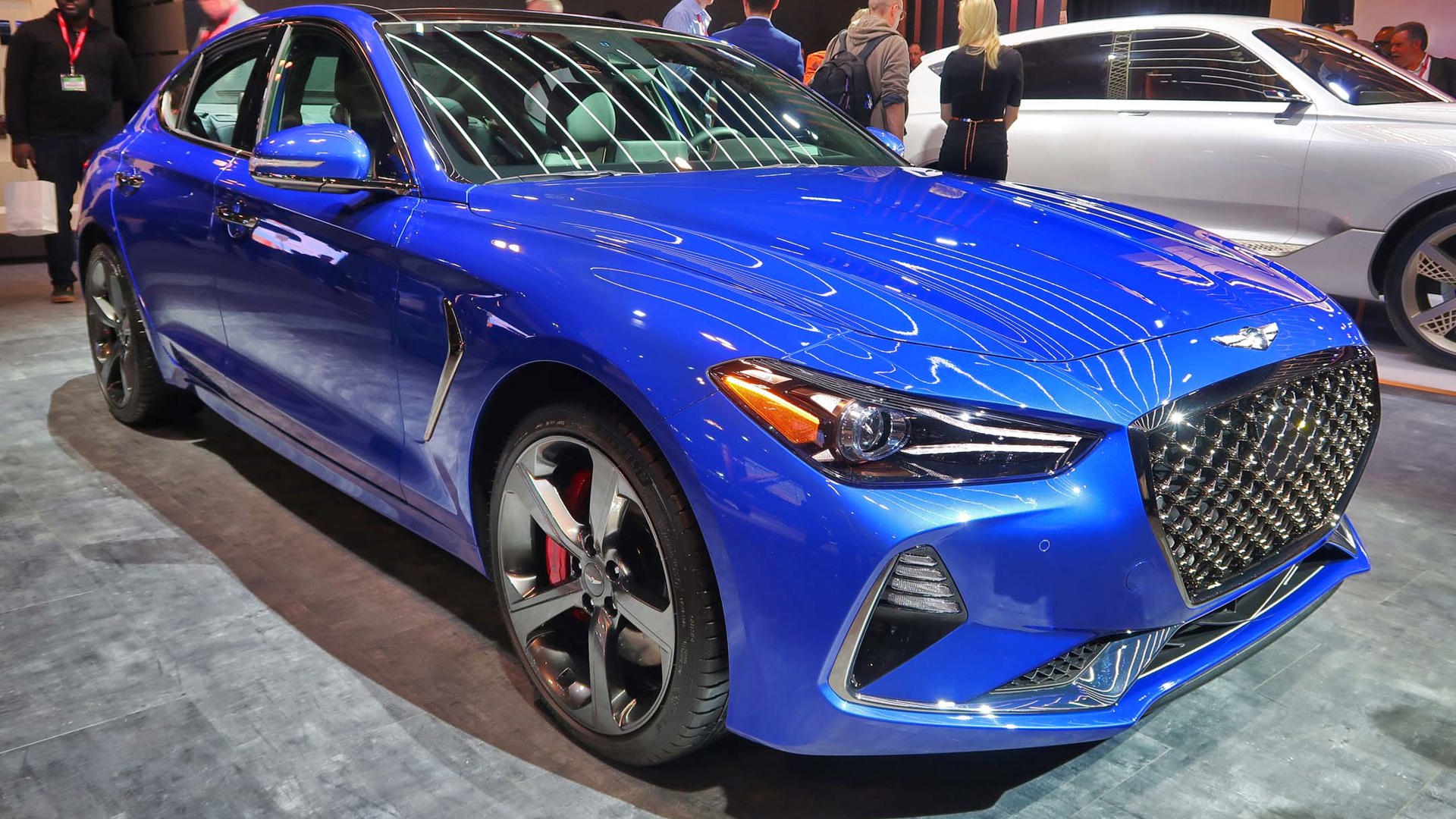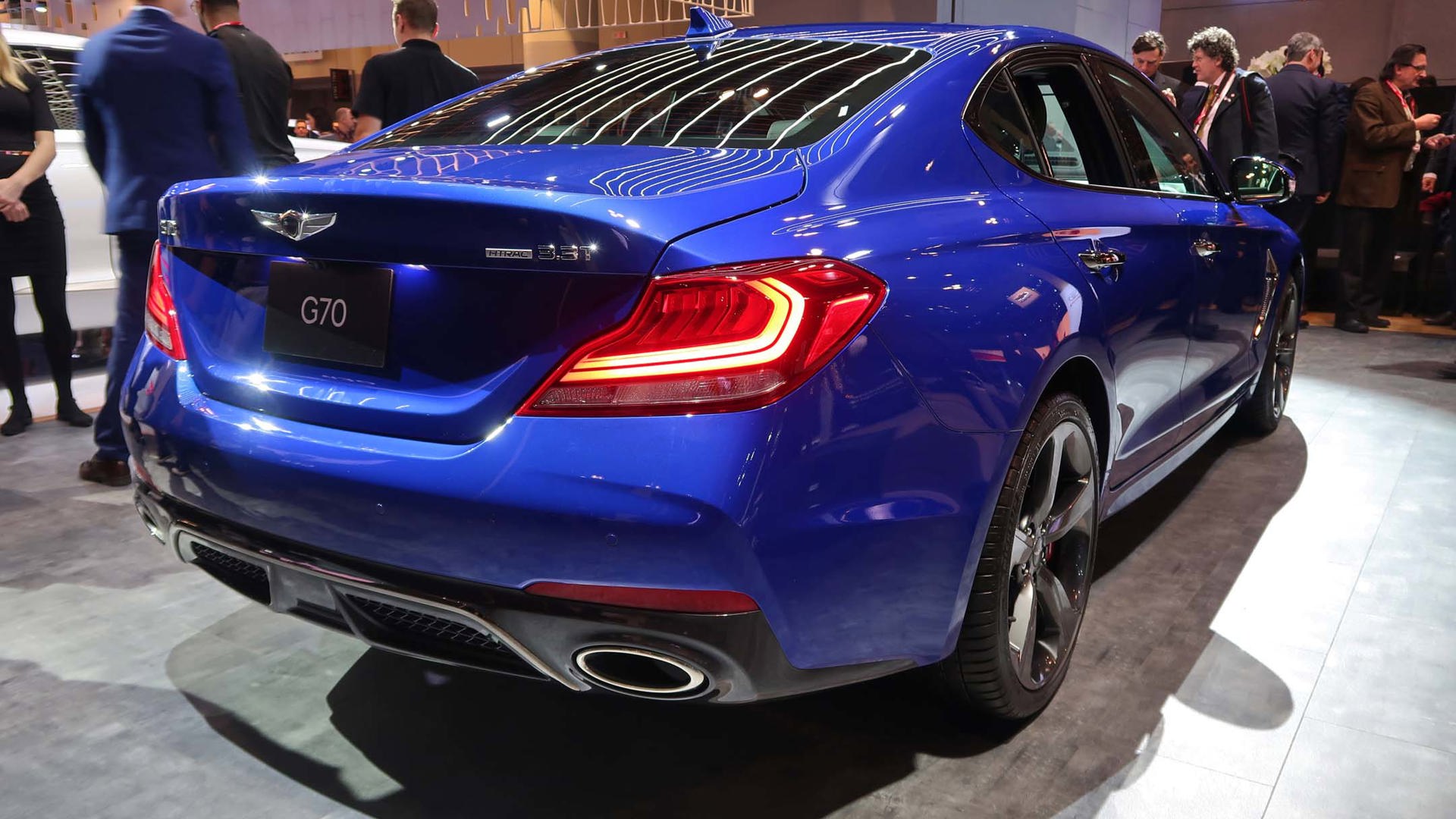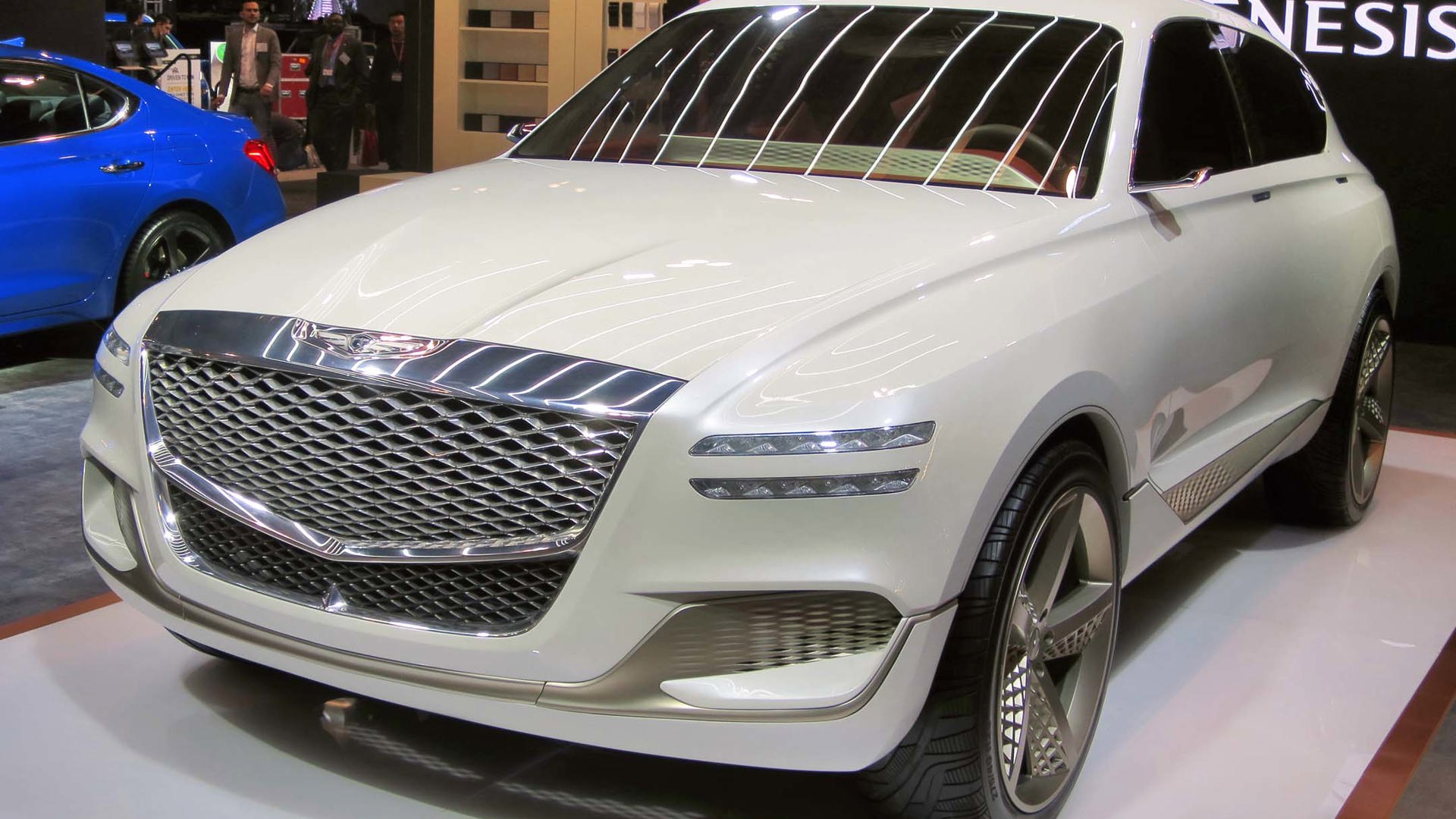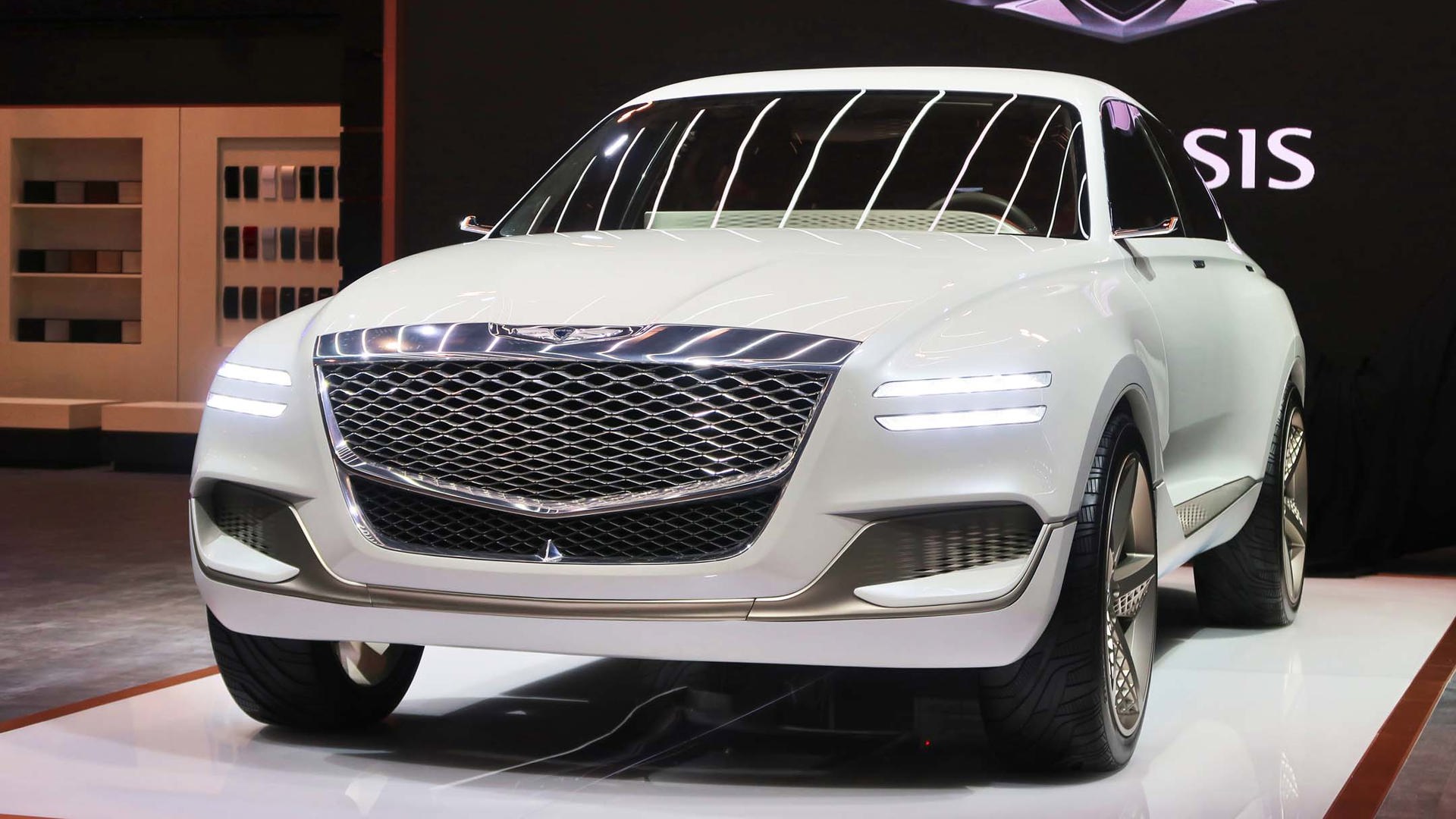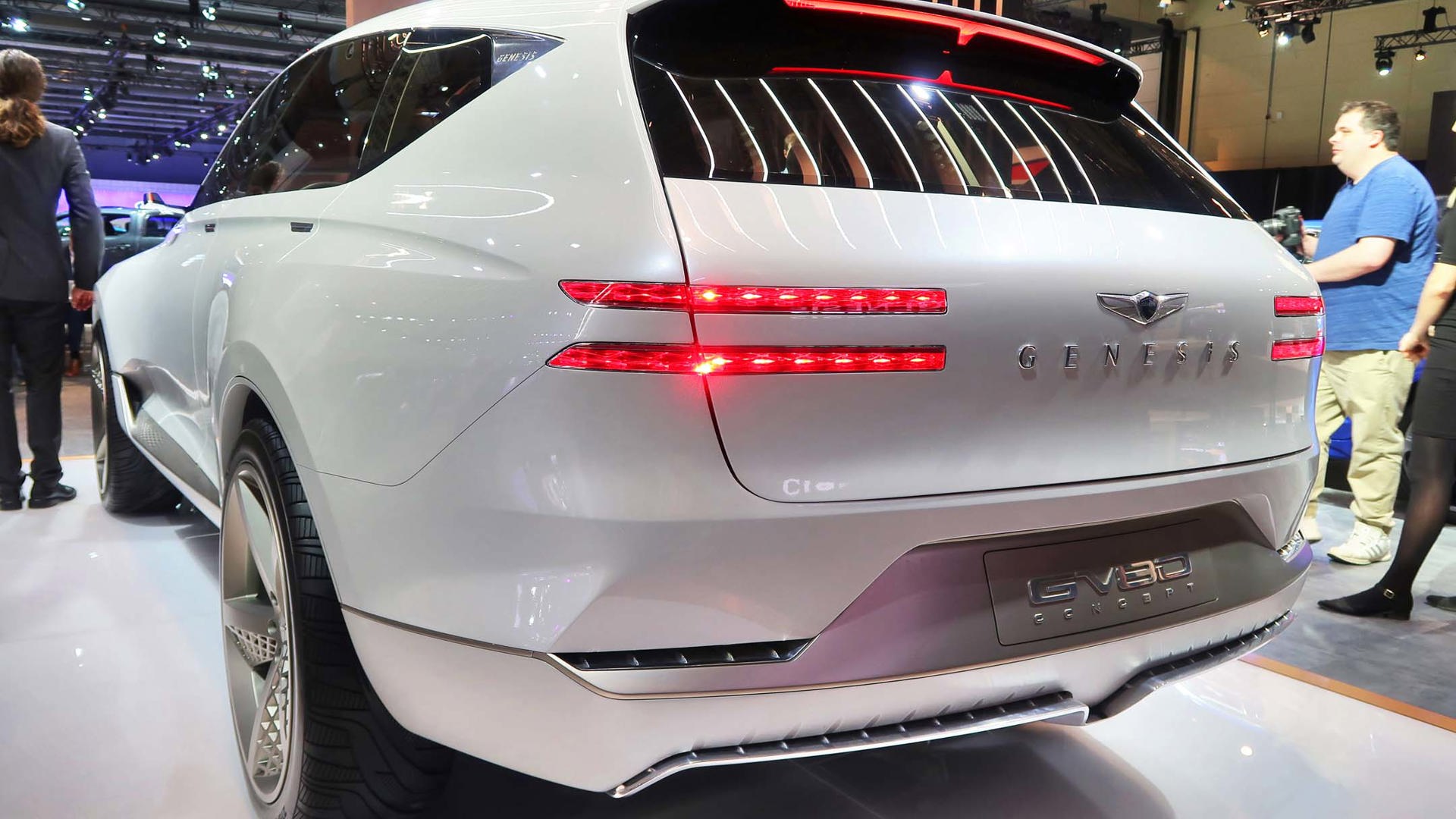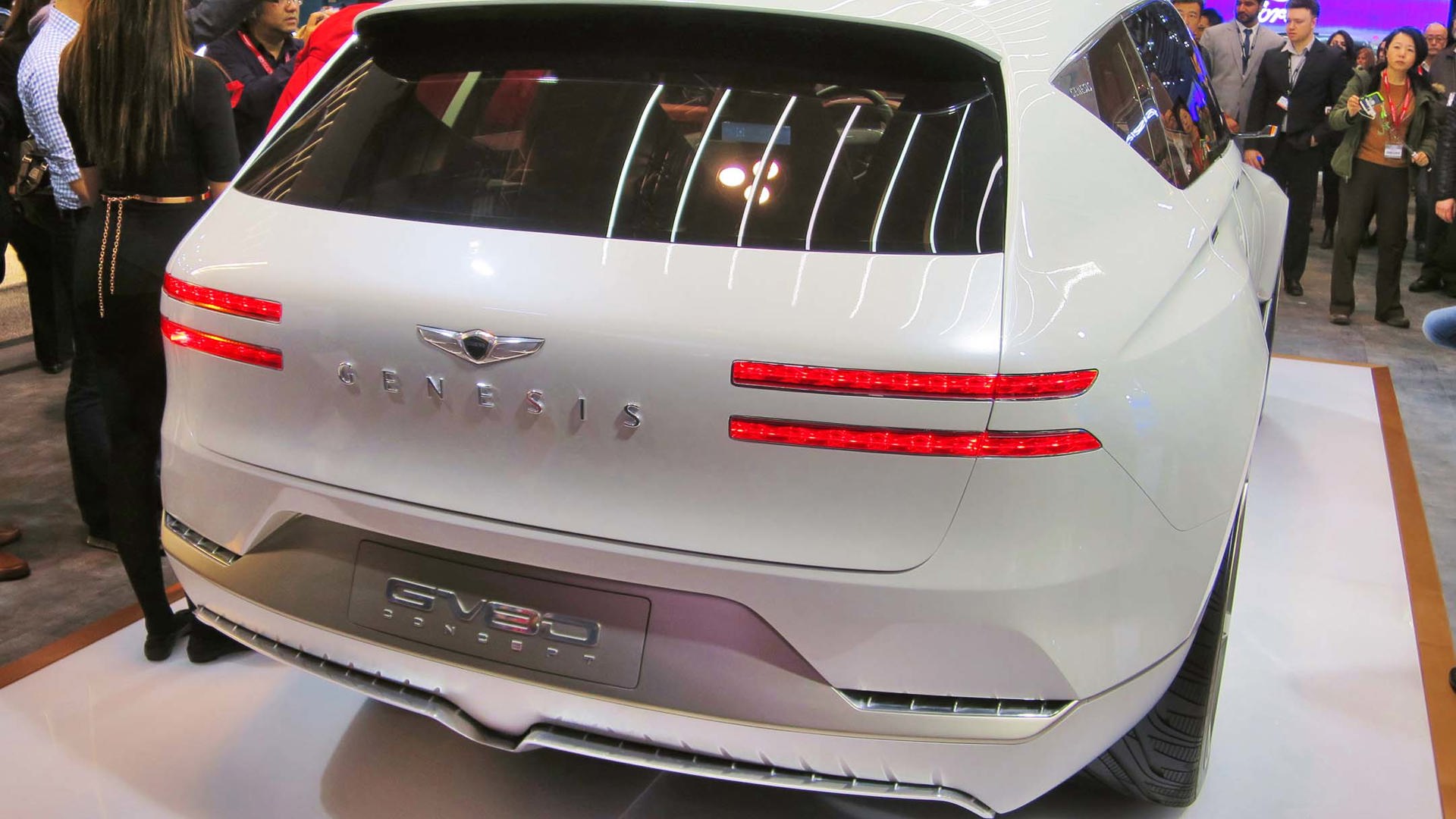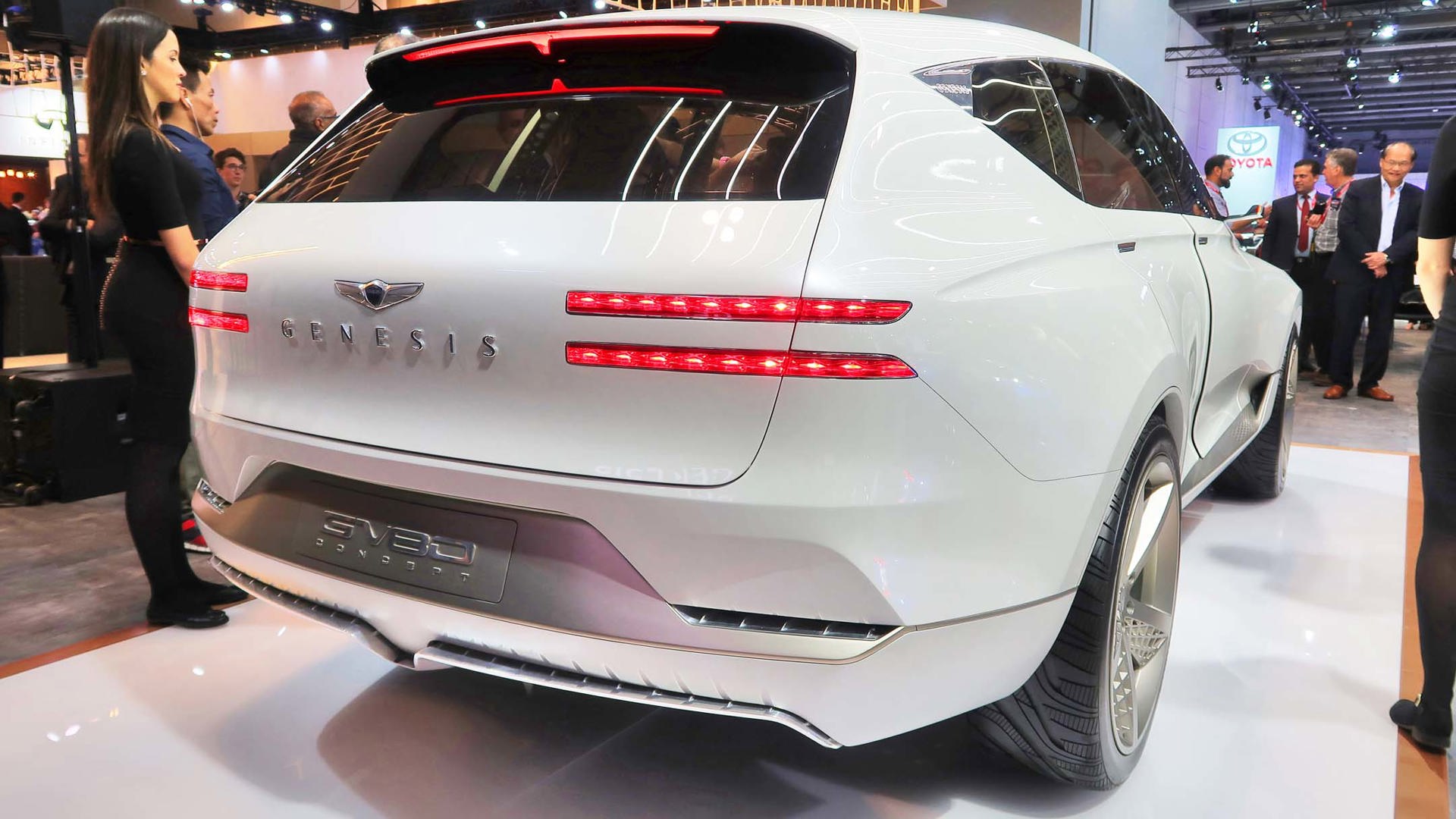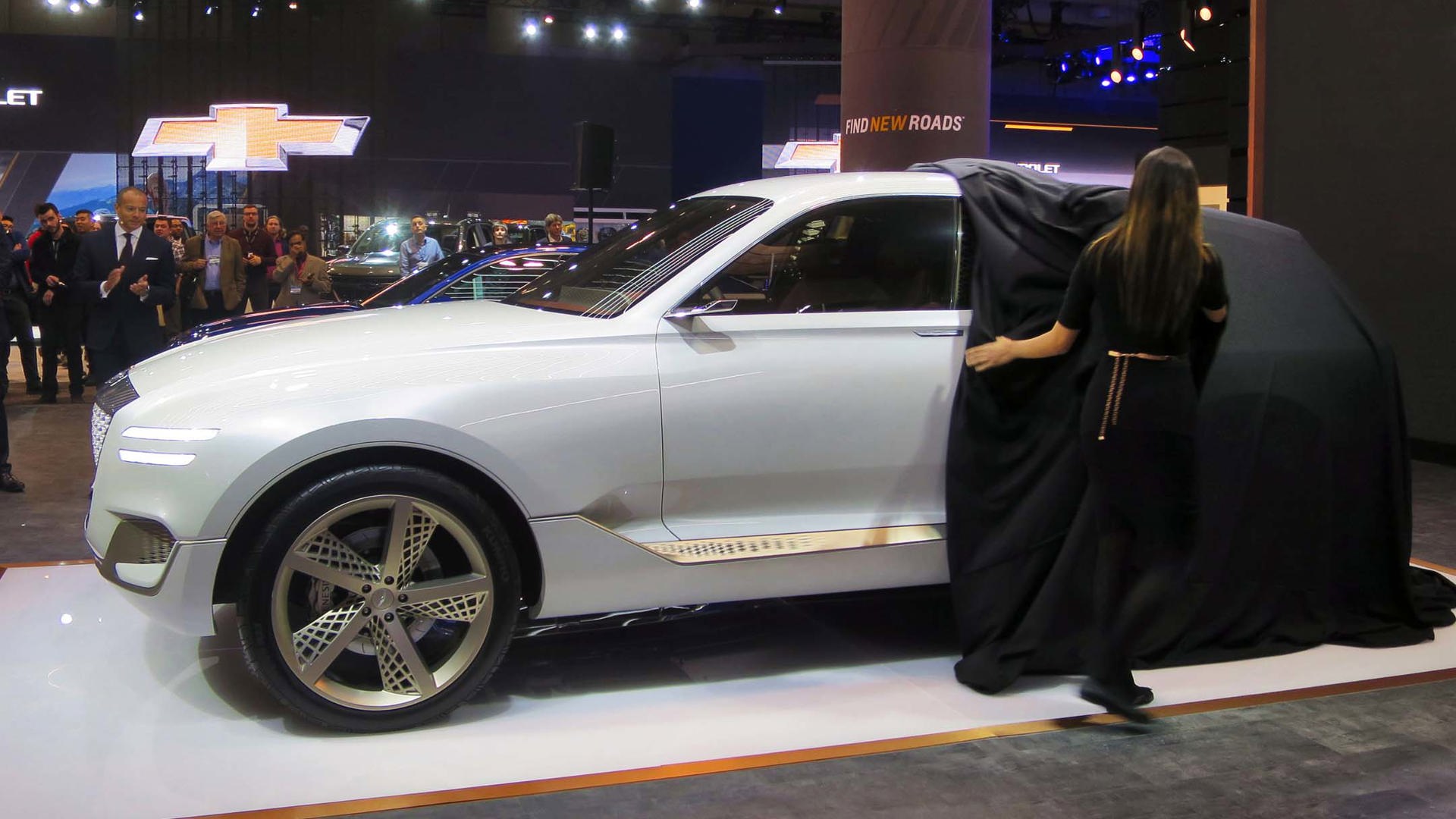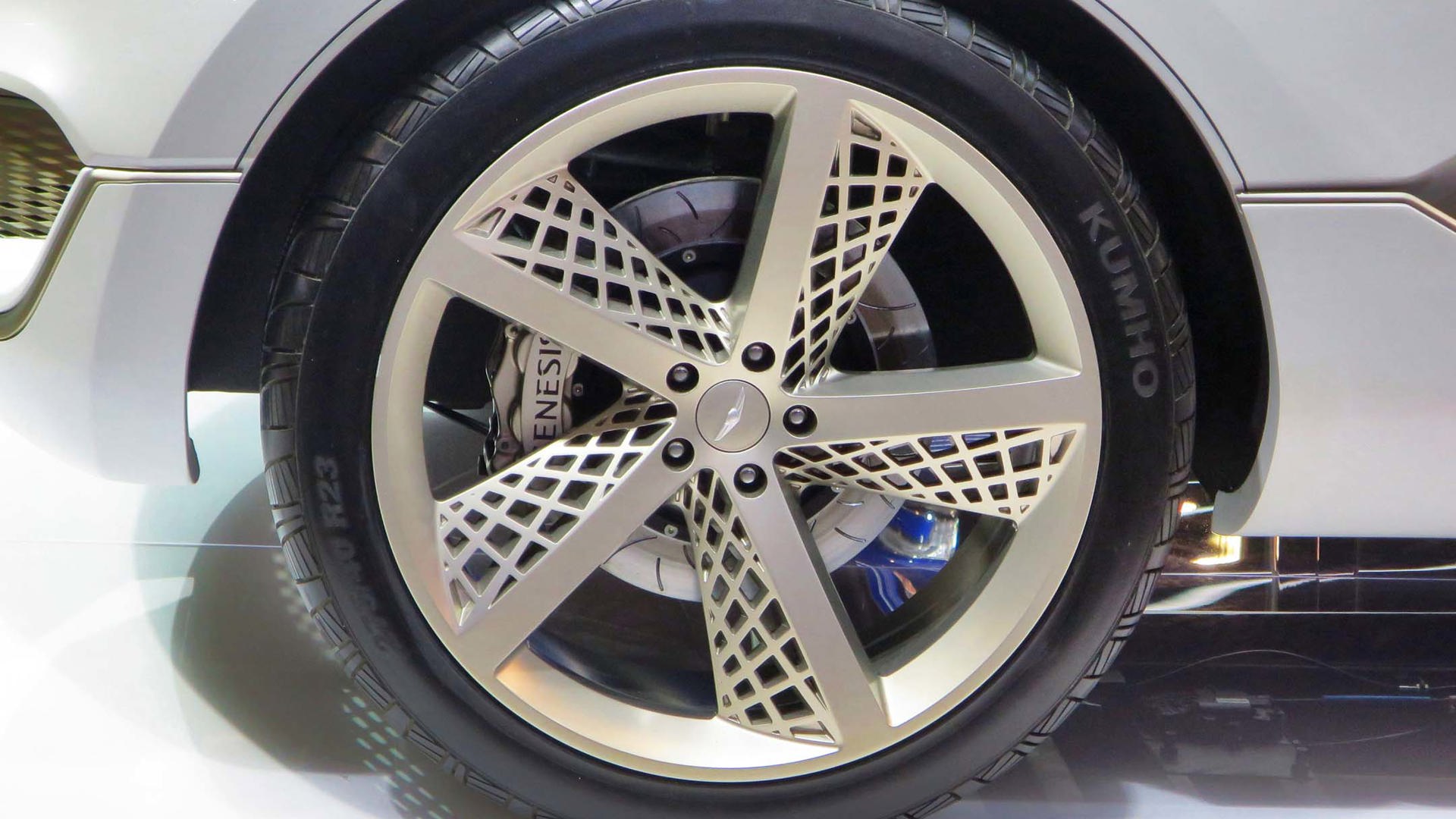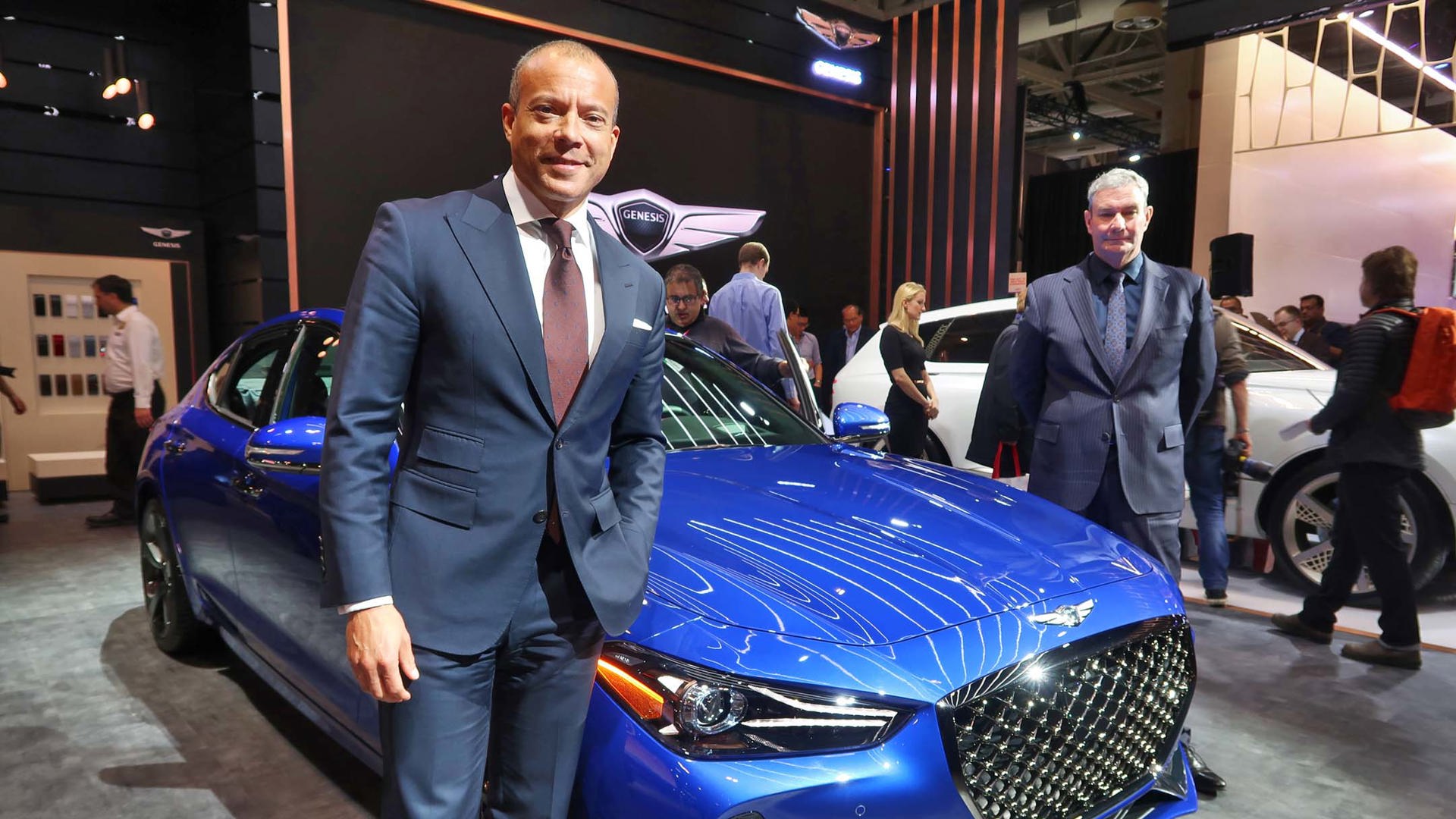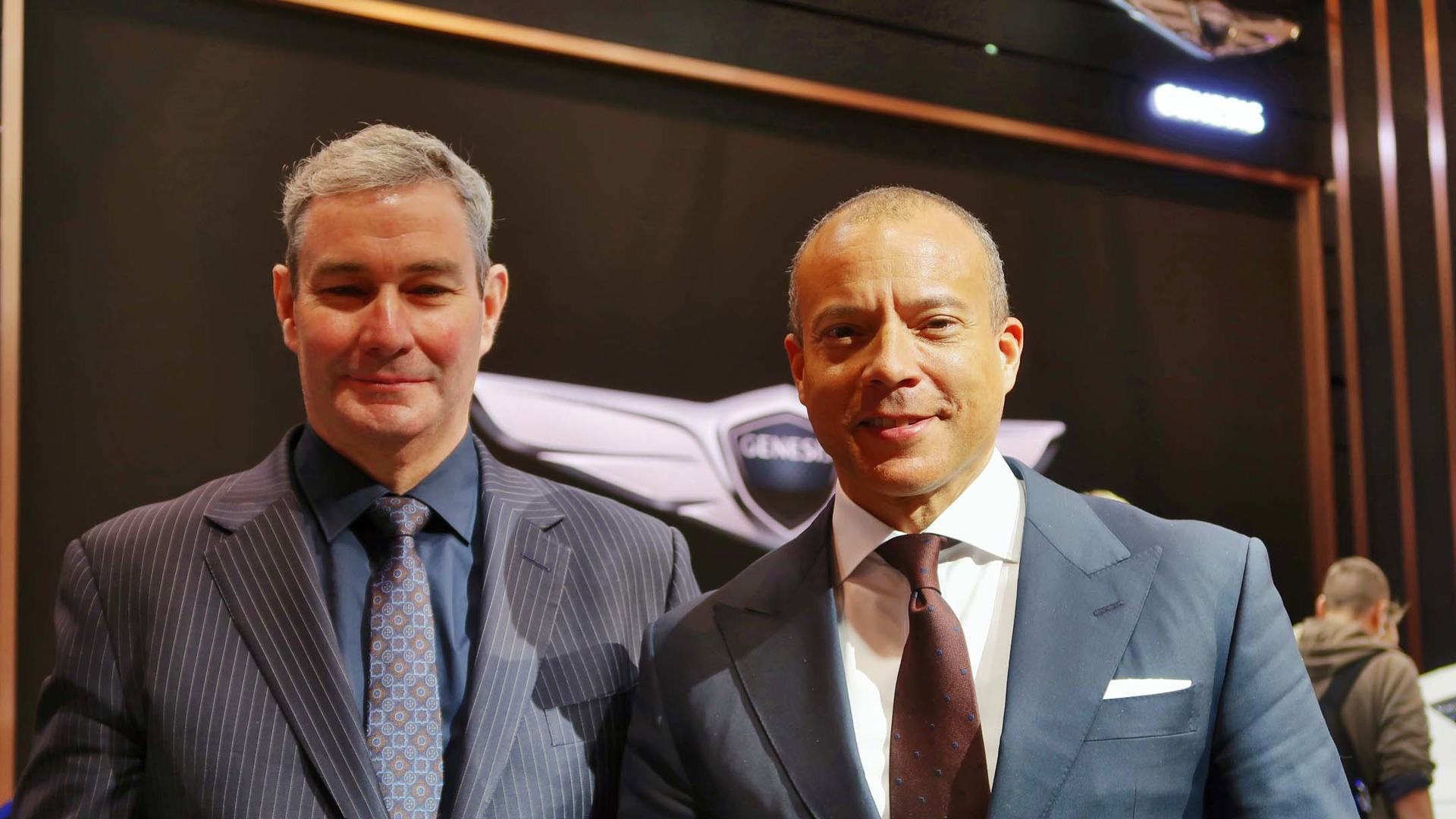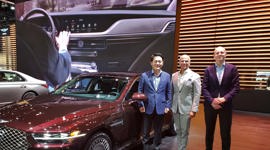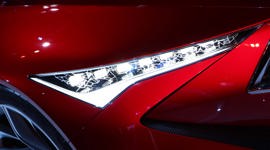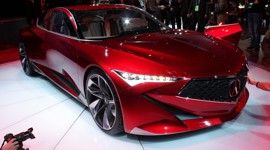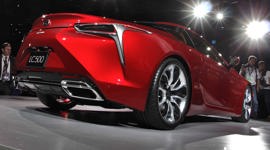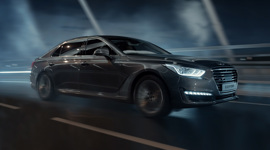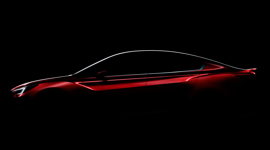Want to set yourself up for a challenge? Advertise that you sell the cheapest car in Canada – and then, a few years later, announce that you’re adding a premium luxury division. That’s what Hyundai has done with its Genesis brand, spinning off what was originally just a model name into a separate brand.
“We’re not kidding ourselves,” says Manfred Fitzgerald, global head of the Genesis brand, in an interview at the Canadian International Auto Show in Toronto. “We know how much work we have ahead of us. But we’re on the right track, and we can’t rush it.”
That work includes signature styling – under the helm of Luc Donckerwolke, head of Genesis Design – and, of course, an SUV. While it isn’t on the showroom schedule yet, the company unveiled the concept GV80 at the Toronto show, saying that its overall design shouldn’t be too far off from that of a production model.
Brand awareness is always a challenge for a newcomer, Fitzgerald says, “although the top-twenty search words in the US with regards to Genesis were Genesis without Hyundai.” Thanks to social media and different avenues of advertising, he thinks it will require a lot less time than it took for the early spin-offs to become firmly established – Acura arrived in 1987, and Lexus and Infiniti three years later – but he’s still plotting its course carefully. He expects Genesis to become as well-known as any of its competition within three to five years.
“A lot of brands, from my perspective, didn’t get the formula right,” Fitzgerald says. “They were only concentrating on the product, and that’s an easy trap for an automaker. You make a great product on par with others, but that’s not enough. The brand factor is the most compelling.”
In addition to Canada, Genesis is also sold in Korea, the US, the Middle East, and Russia. But unlike south of the border, where it sits alongside Hyundai in the same dealership, it’s completely separate here – and sold in an entirely different way.
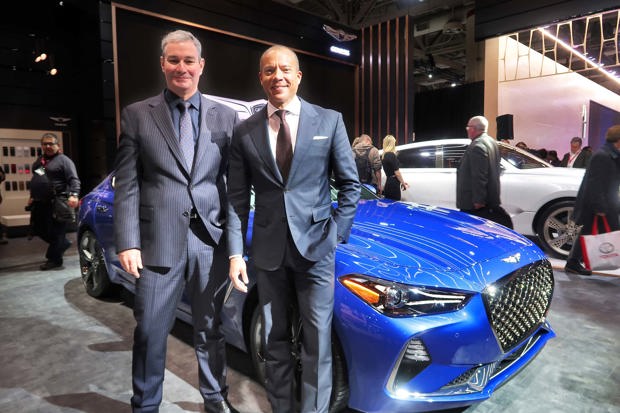
Virtually all other automakers sell their vehicles to franchised dealers, who then sell them to customers. Genesis owns the inventory instead, and retails it through online sales and agents. There’s a single, no-haggle price. Test drives, purchase, and delivery are done through a concierge service that comes to you. When the vehicle needs service, someone picks it up, gives you a loaner, and then returns it when it’s done.
Even when Genesis finishes its full network of brick-and-mortar stores, along with some storefronts in malls, you’ll still be able to buy it from the comfort of home, if you so choose. But other manufacturers are paying attention – Lincoln, for example, just announced that it will pick up and deliver for service calls, and leave a loaner – and convenience isn’t going to be enough to stand out anymore. That’s a challenge Fitzgerald faces.
The cars will be unmistakable, Donckerwolke says, each with its own character but following a signature DNA. I expected that answer, because pretty much every automaker is headed down that path these days. But then I asked the question every writer asks every designer: what’s the most beautiful car ever made? And this is where every designer waxes poetic, perhaps about a Jaguar E-Type, or maybe a vintage Aston Martin.
Not this man. “I’m not interested in beautiful cars,” he says. “The most important thing before design is proportion. Eighty percent of a car’s styling and design is done by the proportions, and this is where eighty percent of the cars fail, because they have the wrong proportions. Then the designers have to mask the wrong proportions with loud styling cues. We’re working hard to have the best proportions, and that’s a long wheelbase, long bonnet, short overhang, the cabin sitting backwards, and an athletic silhouette. That’s a good start, and it’s the base of our (styling) DNA.”
Donckerwolke blames globalization for many of those failed designs. “We are making cars for the whole world, and taking into account all possible inputs. When someone says something is a beautiful car, there’s nothing wrong with that, but is that enough? No. It’s about creating something which captivates the attention and makes you remember it. It’s a fine line.”
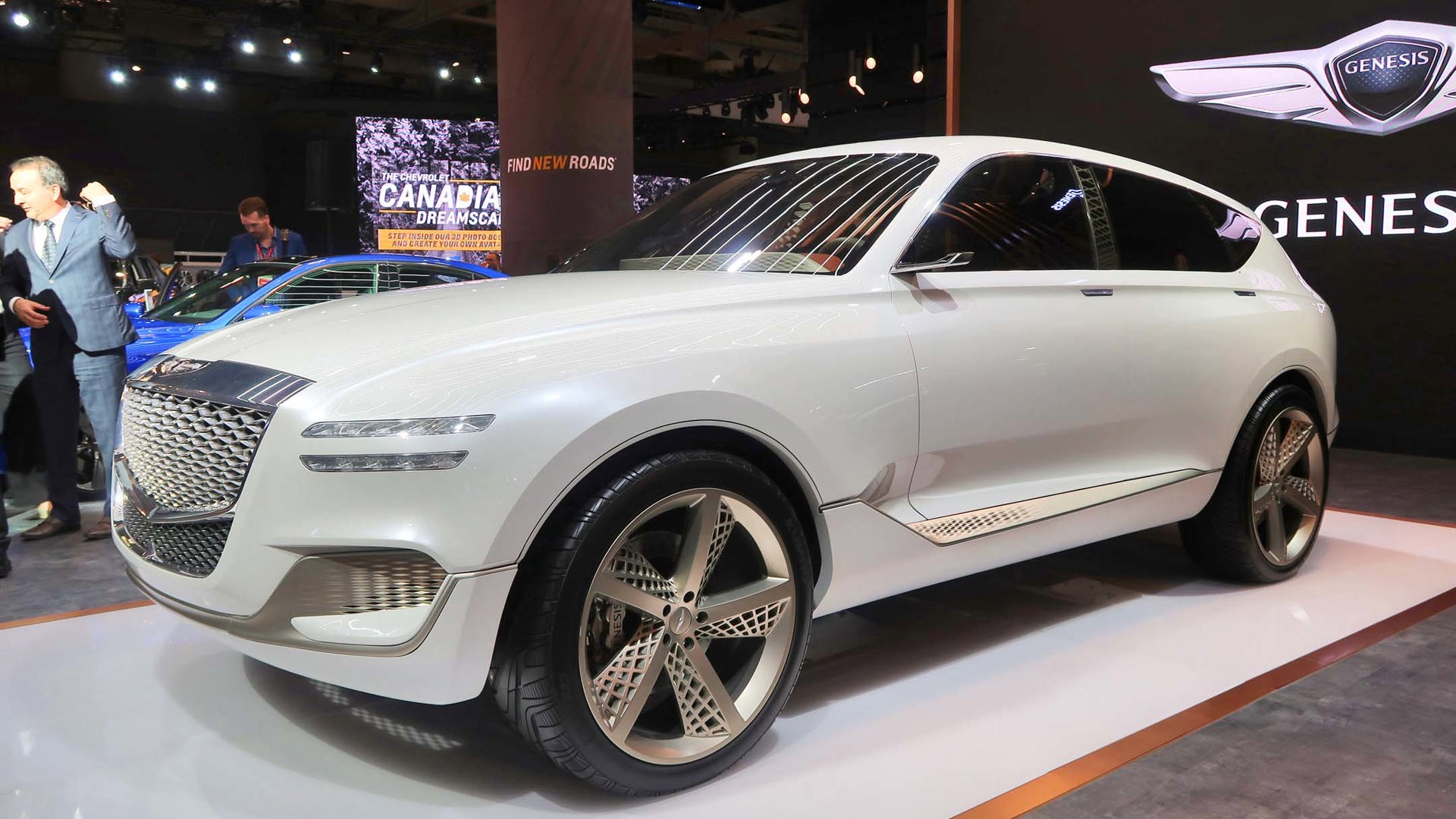
Just as Genesis will add an SUV, alternative propulsions will be added in the future. The prototype sport-ute carries a hydrogen fuel cell with plug-in capability, and that’s where Fitzgerald thinks the future will go.
“I believe there is no other way,” he says. “It’s the cleanest and most efficient.” It also doesn’t have the recharging time of an electric vehicle, he says, and while there currently are issues with finding a place to refuel, the infrastructure can be built.
He also believes Genesis could be at the forefront of hydrogen propulsion, because Hyundai already has the Tucson Fuel Cell available in limited markets, and has revealed the prototype of an all-new model, the Nexo, with more power and better efficiency.
Donckerwolke is also on board. “There are two manufacturers. Hyundai was the pioneer, and now Toyota is (using hydrogen), but we have one generation already behind us,” he says. But he’s also adamant that what drives the vehicle will not be what primarily drives the design. It must work first as an automotive design, not as a billboard to announce what’s under the hood.
“The hydrogen propulsion powertrain has parameters which are not far from a combustion engine,” he says. “If you look at the Nexo, the whole styling is harmonious, it’s functional, it’s aerodynamic. This is where a hydrogen car should be. But I’m more interested, as a designer, in the philosophy of the fuel cell and what it means for us. It means that the more cars on the road, the cleaner the air. Imagine when all the cars are just contributing to breathing better.”
